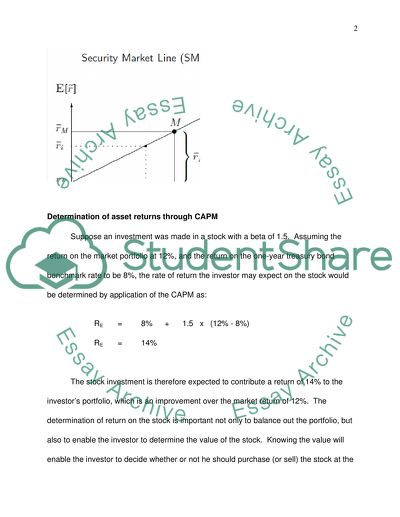Cite this document
(The Relative Merits of the Capital Asset Pricing Model (CAPM) and Coursework - 2, n.d.)
The Relative Merits of the Capital Asset Pricing Model (CAPM) and Coursework - 2. Retrieved from https://studentshare.org/macro-microeconomics/1572190-critically-analyse-the-relative-merits-of-the-capital-asset-pricing-model-capm-and-empirical-approaches-to-asset-pricing-such-as-the-fama-and-french-model
The Relative Merits of the Capital Asset Pricing Model (CAPM) and Coursework - 2. Retrieved from https://studentshare.org/macro-microeconomics/1572190-critically-analyse-the-relative-merits-of-the-capital-asset-pricing-model-capm-and-empirical-approaches-to-asset-pricing-such-as-the-fama-and-french-model
(The Relative Merits of the Capital Asset Pricing Model (CAPM) and Coursework - 2)
The Relative Merits of the Capital Asset Pricing Model (CAPM) and Coursework - 2. https://studentshare.org/macro-microeconomics/1572190-critically-analyse-the-relative-merits-of-the-capital-asset-pricing-model-capm-and-empirical-approaches-to-asset-pricing-such-as-the-fama-and-french-model.
The Relative Merits of the Capital Asset Pricing Model (CAPM) and Coursework - 2. https://studentshare.org/macro-microeconomics/1572190-critically-analyse-the-relative-merits-of-the-capital-asset-pricing-model-capm-and-empirical-approaches-to-asset-pricing-such-as-the-fama-and-french-model.
“The Relative Merits of the Capital Asset Pricing Model (CAPM) and Coursework - 2”. https://studentshare.org/macro-microeconomics/1572190-critically-analyse-the-relative-merits-of-the-capital-asset-pricing-model-capm-and-empirical-approaches-to-asset-pricing-such-as-the-fama-and-french-model.


